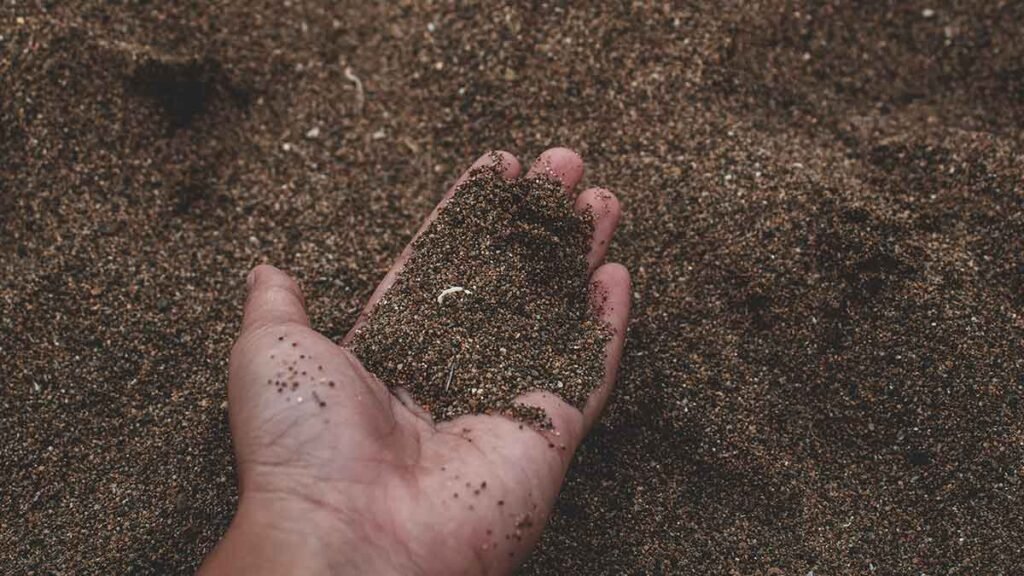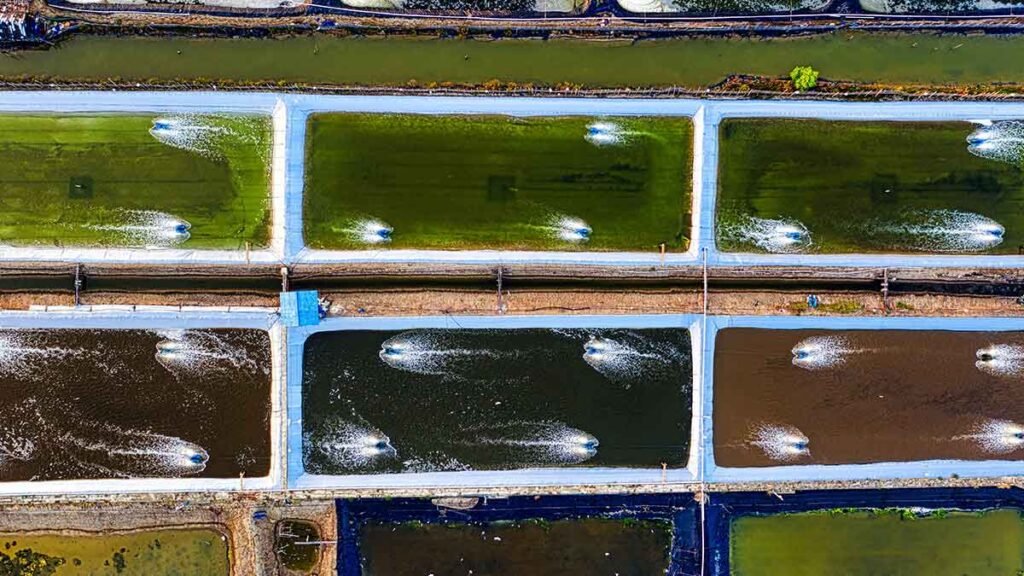
Useful tips for fish farming
This is true fish farming is a growing business in Pakistan and other countries. many years ago in our town, there was a fish seller who sell fish on a cycle in a wooden cabinet. Now there are many fish sellers in our town. The reason is the increasing fish demand and the growing business of fish farming in Pakistan. many people are avoiding purchasing poultry in winter.
There was only a fish pond away from our town some years ago. now the fish farm owner is purchasing more area for fish farming to spread his fish farming business. in this article, we will discuss some use full tips about fish farming. read this article if you are planning to start your new fish business or looking for some extra tips for your fish business.
Soil Selection for fish farming

- The fish farm should be built in a place where the soil is smooth and can hold water.
- Sandy or hilly land is not suitable for fish farms, but it can be made usable by making some modifications, such as adding a plastic lining or adding a thick layer of silt to the floor and sides of the pond to make it suitable for fish. Can be grown, but will require additional investment and additional maintenance.
- If the ponds are built in uninhabited and slightly deeper lands, the cost will also be reduced and thus the idle land can be made usable. Ponds can also be built on fenced and clay land.
There are three types of fish ponds for fish farming
- Fully below ground
- Half below ground and a half above ground
- Completely above ground
Each of these types is related to water supply and discharge.
1 Fully below ground
The first type is suitable for canal areas where you fill the pond complete with canal water. A pump will be required to remove water from such a pond.
2 Half below ground and a half above ground
Apart from canal water, tubewell water will also be used to fill other types of ponds. Similarly, when the water is discharged, half of the water will be discharged by itself, while the pump will have to be used for the rest.
3 Completely above ground
While the latter type of ponds are suitable for areas where canal water is not available and you have to rely entirely on tubewell water to fill the pond. A pump is usually not required to discharge water from such a pond, thus saving the cost of pumping again.
Depth of the fish pond
The height of the pond excavation or its embankments should be such that 5 to 7 feet of water can stand in it. This is an ideal depth for a fish pond.

Size of the Fish pond
The size of the pond should be such that the quality of the water and the food and health of the fish can be taken care of easily. Ponds can be made from a few feet to several acres, but a quarter acre to a half acre (2 to 4 canals) is a reasonable starting size. Ponds larger than 2 acres (16 Canals) should be avoided because the larger the pond, the more difficult it is to maintain and control.
Add a Mesh to the entrance of the water
The appropriate mesh should be installed on the inlet and outlet of water in the pond. If canal water is to be used in the pond, a screen of at least 60 holes per inch should be provided at the inlet and if tubewell water is to be used, it is not required, but the outlet should be screened. By installing a mesh with fine mesh, fish eggs and fry from canals and agricultural land cannot enter the pond, thus your reared fish will grow better.
Selection of Fish fries for fish farming
- The pond should contain as much dung, manure, or feed as you can afford. Under normal circumstances stocking less than 1,000 and more than 3,000 fries per acre is not profitable and will not balance the costs incurred on your pond.
- The fry should be pure, healthy and of good quality and should be purchased from a good fish hatchery. If the brood is not pure and includes wild fish species, they will cause nutritional competition with your cultured seed and thus your cultured fish will not grow well.
- Spawning should be done in February or March so that the fish can develop better in the warmer months and your fish crop will be ready before winter sets in. If for some reason you can’t start your farm as soon as possible, plant seeds so that you can take full advantage of the warm weather.
- One of the principles of successful fish farming is to have a fish nursery along with your pond so that your pond can be supplied with fish seeds in time. The nursery should be up to 10% of the total area of the pond.
- Different types of fish can be kept separately or together, but it is better to keep them together so that the natural diet of the fish produced in the pond can be fully utilized.
How to look after a fish pond?
here are some useful tips to look after fish ponds to achieve better results. fish farming is an art, once you understand fish farming you can increase your income from fish farming.
- Manure or farmyard manure should be used to fertilize fish ponds so that more production can be obtained at less cost, but dung should not be allowed to accumulate in large quantities in one place in the pond.
- The color of the water should be green. If it ever turns brown, this is also a good sign, but such a pond should be fertilized as soon as possible so that its green color returns.
- Pond water should be checked regularly so that its quality is maintained and there is no lack of oxygen and no increase of harmful gases and substances. The minimum oxygen concentration in the pond should be 5 ppm (milligrams per liter) in the early morning.
- Fertilizer should be discontinued if the pH of your pond exceeds 9.5 at sunset. When the pH drops below 9.0, start fertilizing again but at a lower rate.
- If you already have a cattle shed or a chicken farm, adding a fish farm along with it can generate additional income by rearing fish at a low cost as dung and chicken droppings are the best sources of natural fish feed.
- Removing weeds and plants from fish ponds improves fish growth and increases production. The plants cause a decrease in the natural food of the fish.
- It is best to stop the plants in the pond before they develop. A simple solution is to apply agricultural fertilizers to the pond as soon as winter ends, so that the fish’s natural food, which consists of microscopic plants and animals, is produced in large numbers and greens the pond water. They create layers and as a result, large plants cannot take root.
- If your pond already has aquatic plants and it is difficult to remove them, add grass carp along with other fish.
- If possible, the pond should be drained and drained every year until it cracks. In this way, the soil will be oxidized and the phosphorus and other elements in it will be reused and the harmful bacteria will also be eliminated.
A few other things to take special care of in a fish pond
- The pond should have negligible salinity meaning that the water should be suitable for human or livestock drinking.
- Accumulation of harmful gases like ammonia and hydrogen sulfide etc. in the pond can be avoided if food and dung are not allowed to accumulate on the pond floor. Ammonia is usually present in small amounts in ponds, but if the water quality is poor or the pH is high, it becomes extremely harmful to fish.
- Theft of fish is also a major problem so proper measures should be taken to prevent it.
For more information in Urdu visit our Website